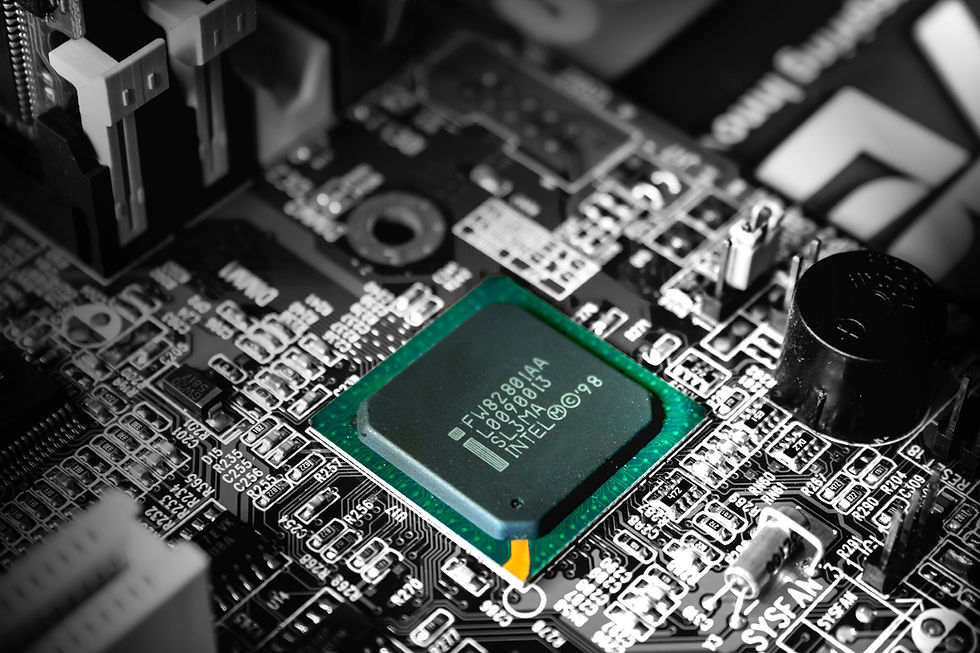
Nanofibers in Microelectronics and Integrated Circuits
Enhance device performance, functionality, and enable new capabilities in areas such as flexible electronics or advanced integrated circuit designs with nanofibers that enable miniaturization and compatibility with semiconductor manufacturing
>
Microelectronics
>

Why are nanofibers used in microelectronics and integrated circuits?
Nanofibers have emerged as a promising material for various applications in the field of microelectronics and integrated circuits. Their unique properties, including high surface area, mechanical strength, and electrical conductivity, make them suitable for enhancing device performance, enabling miniaturization, and enabling novel functionalities.
Miniaturization

Nanofibers have a small diameter, typically in the submicrometer range, allowing for the miniaturization of electronic components and integrated circuits. This property enables the development of smaller, lightweight, and more compact devices, contributing to the advancement of microelectronics.
High Surface Area

Nanofibers possess a high surface area-to-volume ratio due to their small size and fibrous structure. This property allows for increased surface contact with other components or materials, enhancing interactions and enabling efficient energy transfer, signal transmission, or heat dissipation in microelectronics.
Electrical Conductivity

Certain nanofibers, such as conductive polymers or those containing carbon nanotubes, exhibit excellent electrical conductivity. This property enables their integration into microelectronic circuits as conductive elements, interconnects, or electrodes, facilitating efficient electrical signal transmission and device functionality.
Mechanical Flexibility

Nanofibers can be engineered to be mechanically flexible and stretchable, making them suitable for applications in flexible and wearable microelectronics. This property allows for the development of bendable or stretchable electronic devices that can conform to curved or irregular surfaces, enabling new form factors and applications.
Tunable Optoelectronic Properties

Nanofibers can be engineered to have tunable optoelectronic properties, including light emission, absorption, or scattering. This property enables their integration into optoelectronic devices, enhancing device performance and functionality.
Compatibility with Semiconductor Manufacturing

Nanofibers can be manufactured using techniques compatible with semiconductor fabrication processes, such as electrospinning. This property facilitates their integration into existing microelectronic manufacturing workflows, enabling the incorporation of nanofiber-based components or structures into standard processes.
Versatile Material Compatibility

Nanofibers can be fabricated from a wide range of materials, including polymers, metals, ceramics, or composites. This versatility allows for the selection of materials with specific properties, enabling tailored functionality and compatibility with different microelectronic requirements.
Dielectric Properties

Nanofibers can exhibit excellent dielectric properties, such as high dielectric constant or low dielectric loss. This property is advantageous for applications where insulation or capacitance is required, such as in integrated circuits or capacitors, allowing for efficient charge storage and signal processing.
